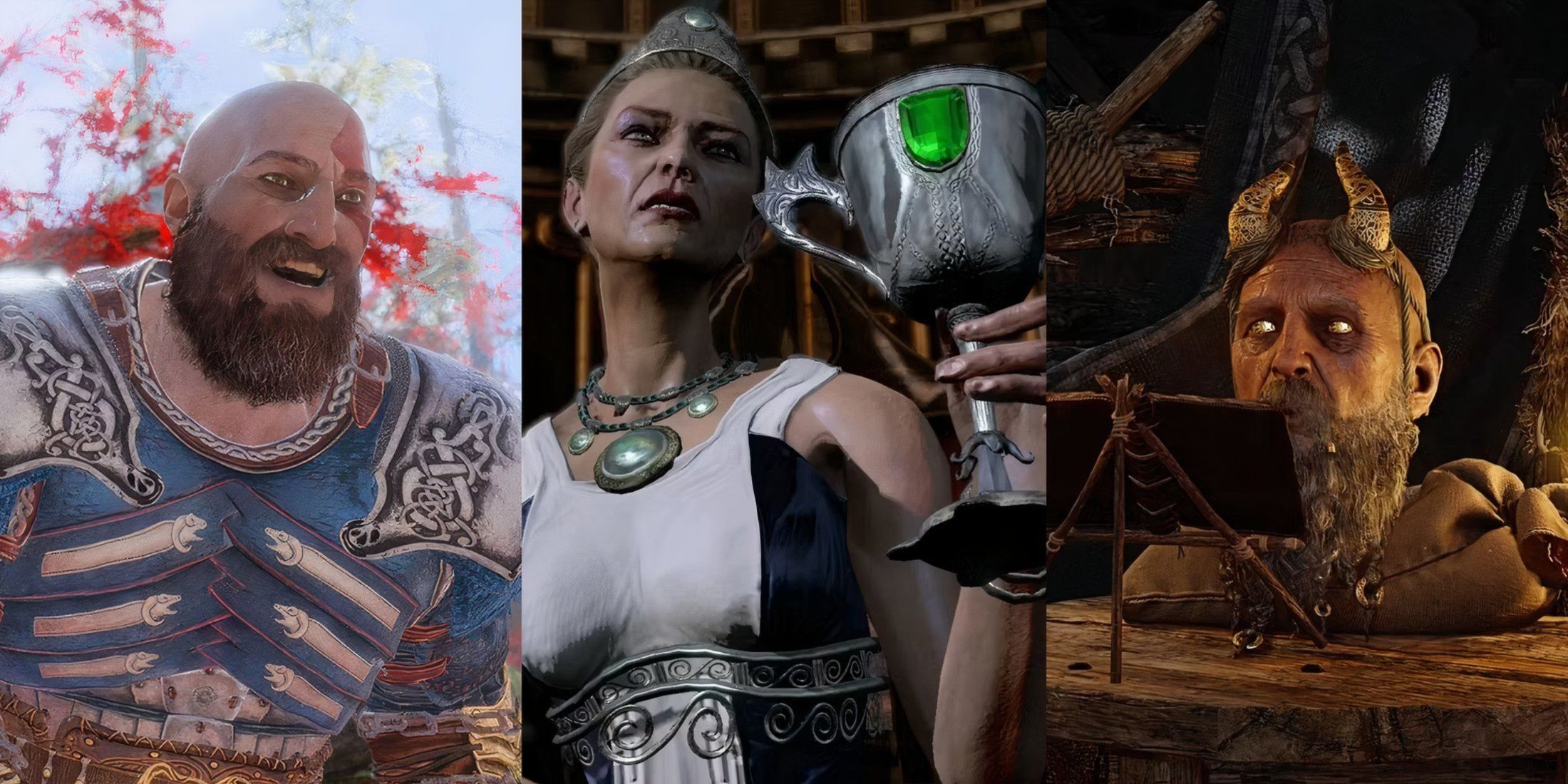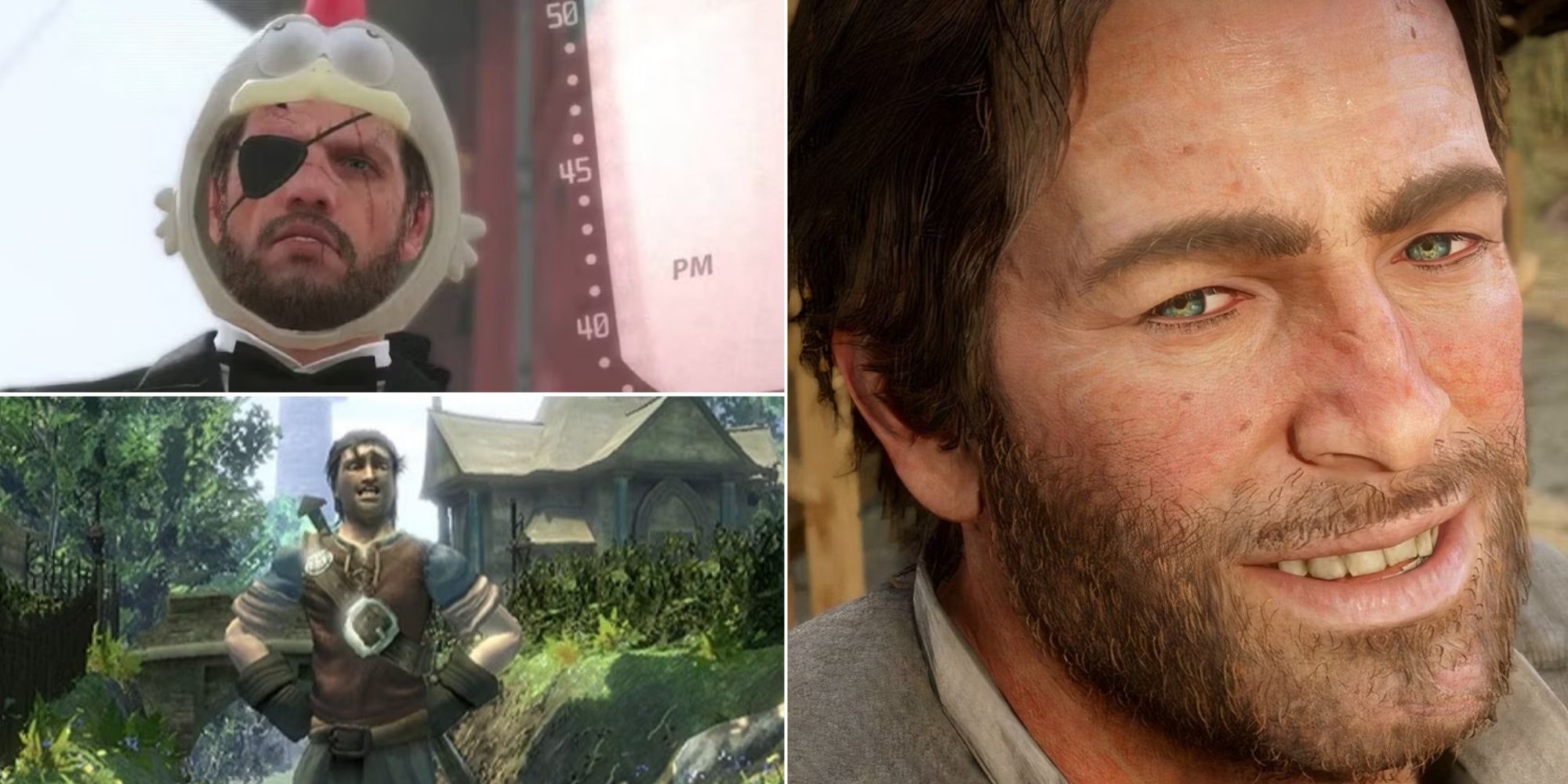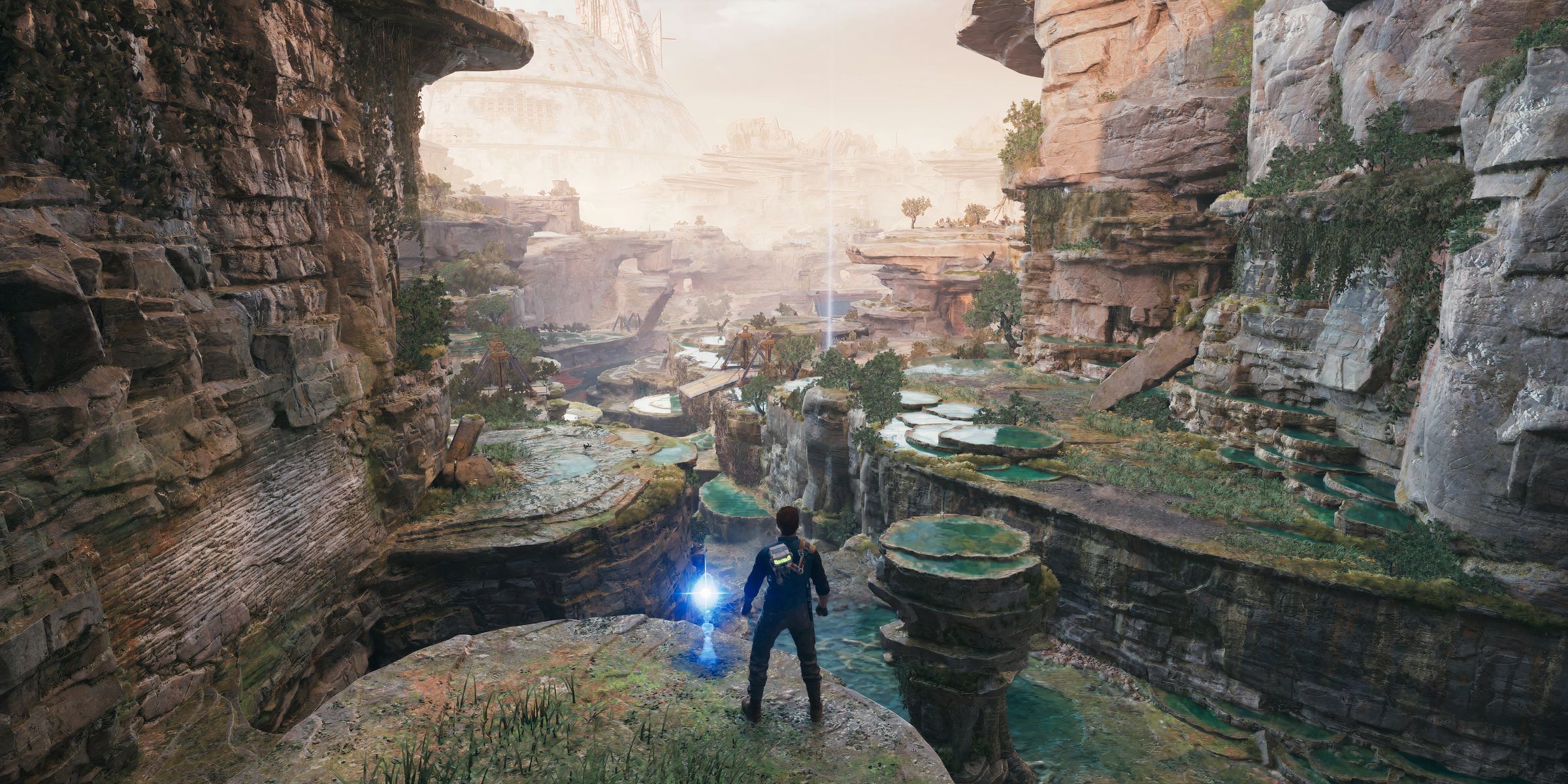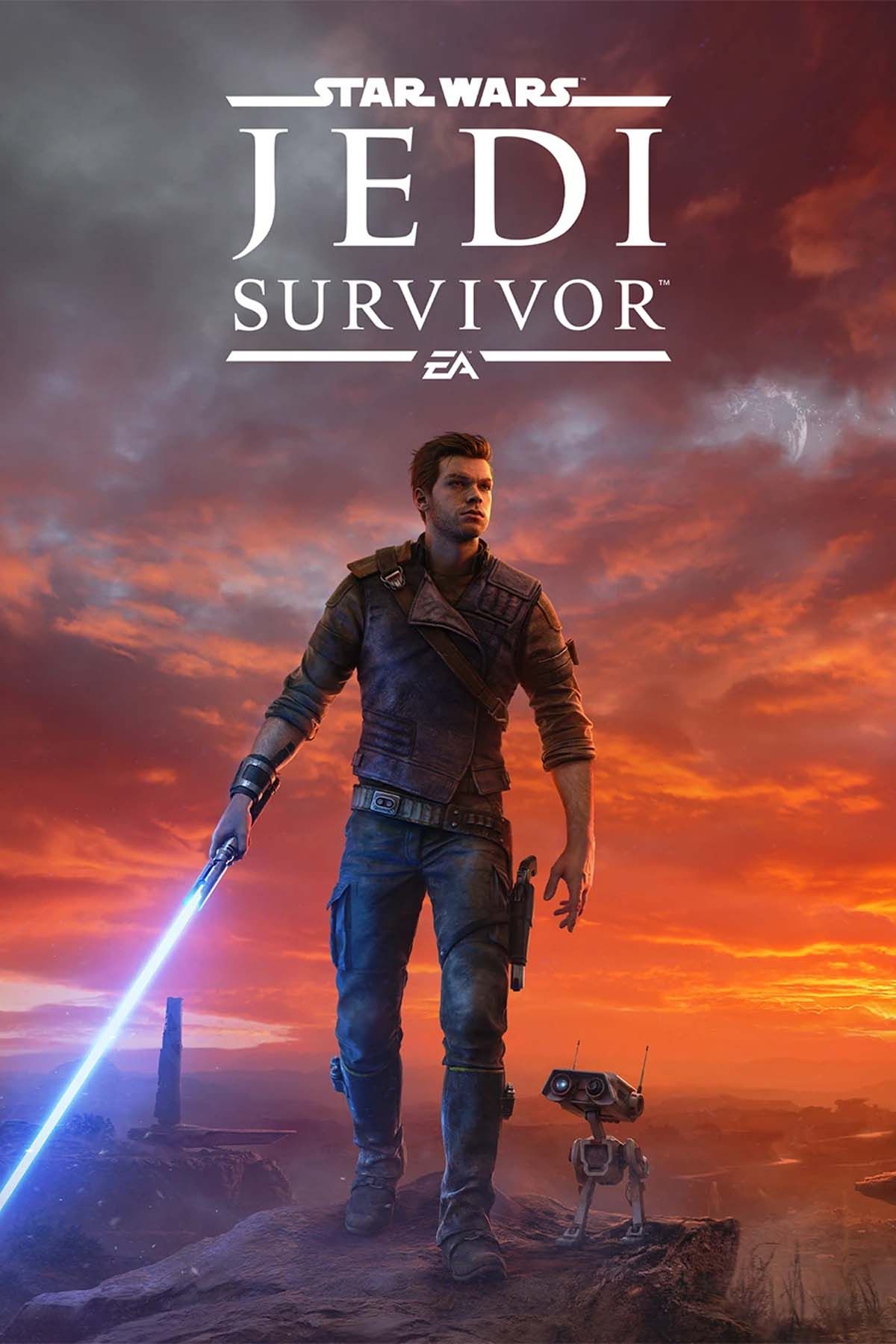Highlights
- Star Wars Jedi: Survivor builds on Fallen Order's platforming, offering more intricate mechanics and a smoother progression from the start.
- Respawn must carefully balance expanding platforming in Survivor's sequel to avoid bloat while ensuring it remains a prominent and integral feature.
There’s so much Respawn’s Star Wars Jedi franchise does well with an amalgamation of action-adventure mechanics that come together beautifully. It’s easy to take a glance at Star Wars Jedi: Survivor and view it primarily as a Soulslike, but many features are far from what a traditional Soulslike might offer and those distinctions have mainly been for the best in terms of Star Wars Jedi having a unique identity. Like any sequel nowadays, Star Wars Jedi: Survivor needed to succeed its predecessor as an expansion of what Fallen Order did well and that includes the original game’s platforming.
Platforming wasn’t nearly as involved or intricate in Fallen Order as it is in Survivor, but that’s a result of Fallen Order being the foundation that Survivor could then expand on. Wall-running was surely in Respawn’s wheelhouse already; however, Cal couldn’t do much else that didn’t feel a bit janky, floaty, or unsatisfying unless it was part of a scripted set-piece moment. Platforming may not be why every player has enjoyed the Star Wars Jedi series. Still, it’s an inseparable and vital element now—platforming being reprised in the third game isn’t a matter of ‘if,’ but how it’s reprised will be a testament to Respawn’s ingenuity.

Star Wars Jedi: Survivor’s Sequel Must Sow Seeds for Cozy Creature Comforts
One undercooked feature Star Wars Jedi: Survivor reprised from Fallen Order is now fertile soil for the third installment to refine or revamp.
Survivor’s Platforming is in a Galaxy Far, Far Away from Fallen Order’s
Fallen Order’s Piecemeal Progression Leaves Platforming Inert and Uninteresting
The reason why platforming wasn’t extremely engaging or fun in Fallen Order could logically boil down to why most of Fallen Order could be perceived as underwhelming, especially with the perspective Survivor lends it: it’s highly elementary in a lot of ways and has a shaky framework laid out for mechanics to be earned gradually throughout. Players begin Fallen Order with few mobility options as it is and they aren’t all received until nearly the end of the game as a means of progression.
This is narratively effective since a Force-amnesiac Cal needs to recuperate his previously learned abilities but puts a dogged strain on gameplay and maneuverability until the journey has almost reached its end.
Survivor More Than Makes Up for Fallen Order’s Lackluster Platforming
Fallen Order being designed around delayed gratification meant that Survivor’s opening on Coruscant could be instantly satisfying. Survivor was able to start with all the abilities players had to work so hard for in the previous title and it’s a true sequel in that sense by not needlessly reverting Cal to nothing.
Even though new traversal tools and abilities are received not much longer after, Survivor never suffers from feeling stagnant or stifled in the beginning and is allowed to foster a sense of natural progression thereafter. Unfortunately, this inherently creates an issue for Survivor’s sequel to solve.
Survivor elevated Fallen Order’s platforming by giving it elaborate mechanics and challenging substance, but platforming isn’t necessarily what’s remembered about the Star Wars Jedi series despite its profound presence. Plus, while Survivor’s platforming was excellent, all it adds to the franchise may be difficult to exceed or refine in a sequel without subtracting or multiplying too much of what’s established in its platforming repertoire, including the following:
- An ascension cable grapple hook.
- Being able to dash warp through green energy shields.
- Being able to fly/dash warp through Merrin’s portals.
- Sliding along ziplines and being able to switch directions.
- Floating orange/yellow balloons in Star Wars Jedi: Survivor can be tossed into a particular place in midair; players can then grapple to these balloons and slow time as they redirect which direction it will fling Cal, typically toward another balloon or platforming structure.
Simplifying platforming to the level of Fallen Order would be a detrimental backstep, for example, while expanding on it by a lot could encumber Star Wars Jedi’s action-adventure mechanics to the point of bloat, which Survivor arguably doesn’t have.
Indeed, a lot of Survivor’s platforming is only egged on by optional Force Tear challenges, anyway, but this could create a problem where platforming itself comes across as an optional activity rather than a baked-in feature. The third game needs to be careful with how it portrays platforming because it should theoretically be a prominent feature and yet it’s not as popular or notable as Star Wars Jedi’s Soulslike features.




